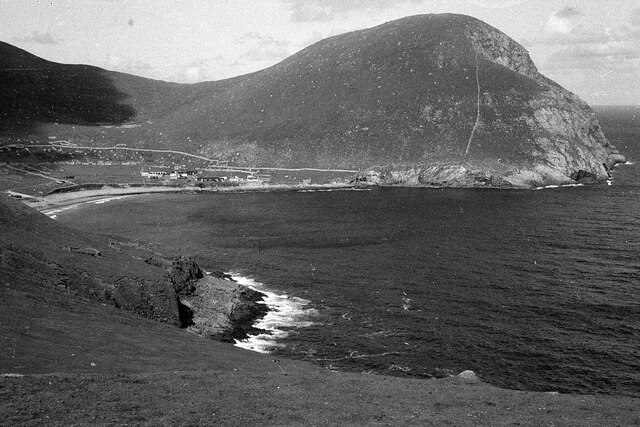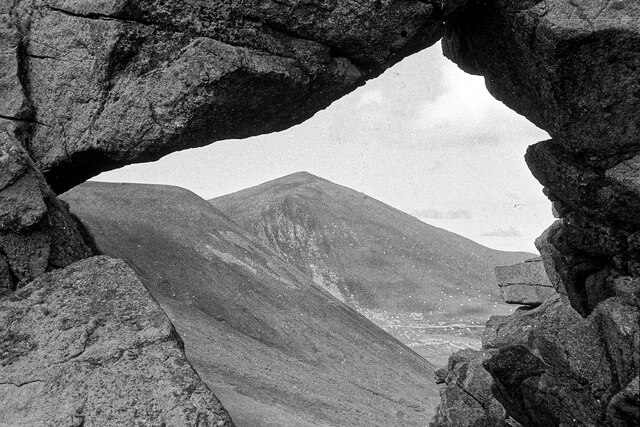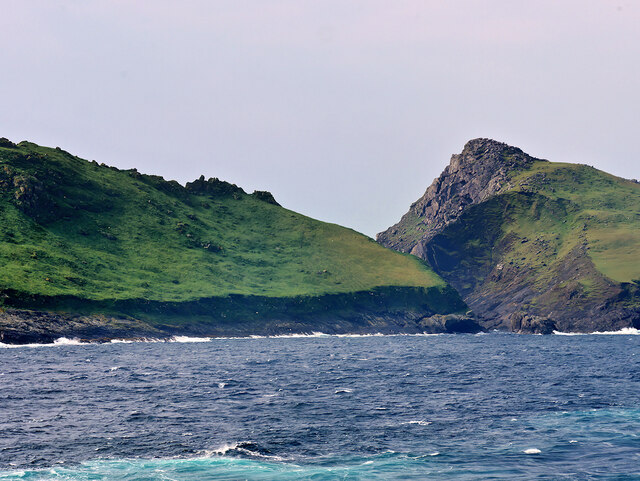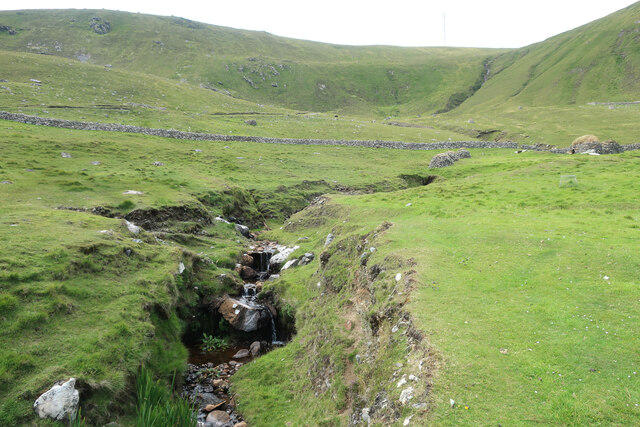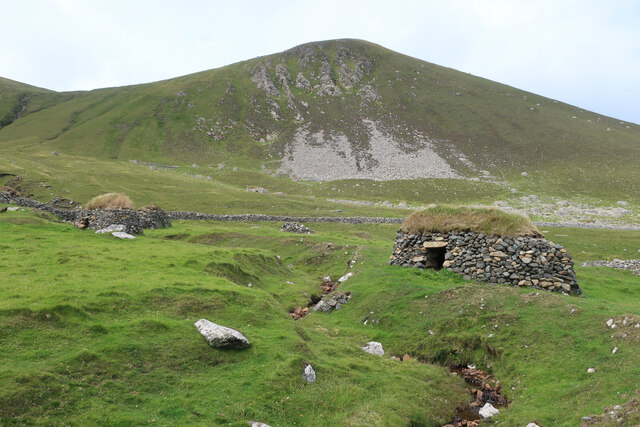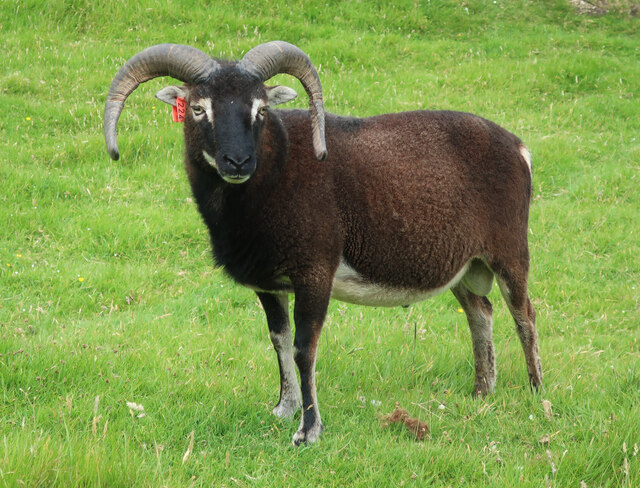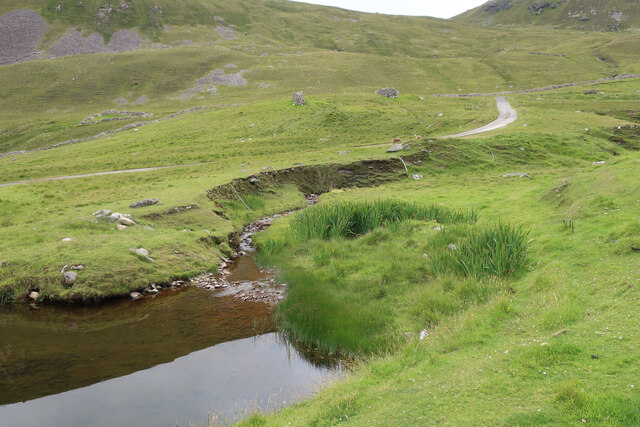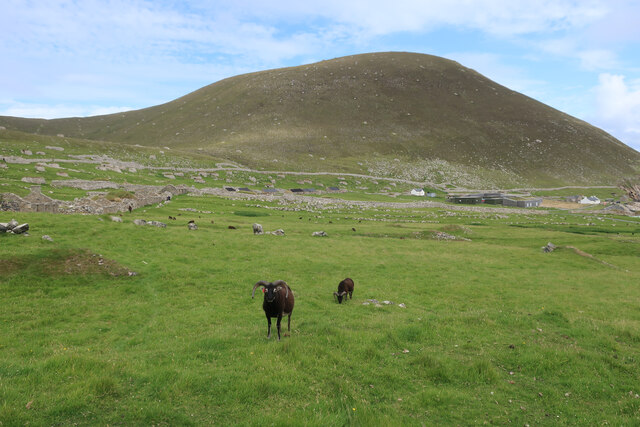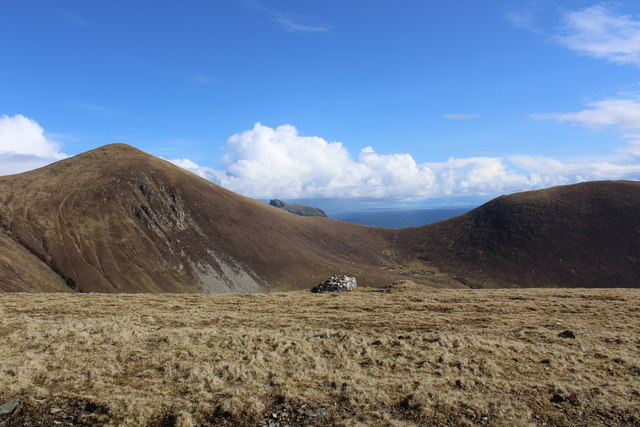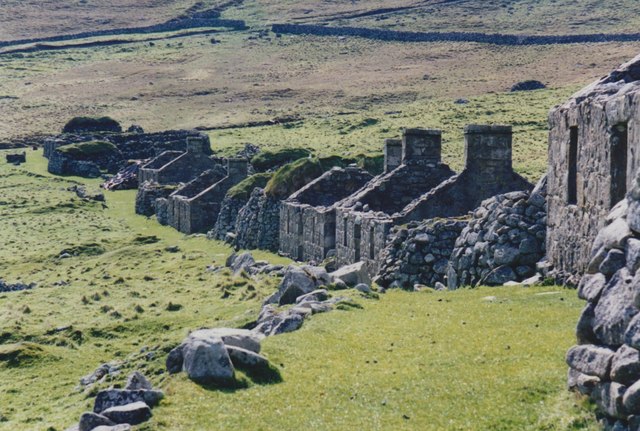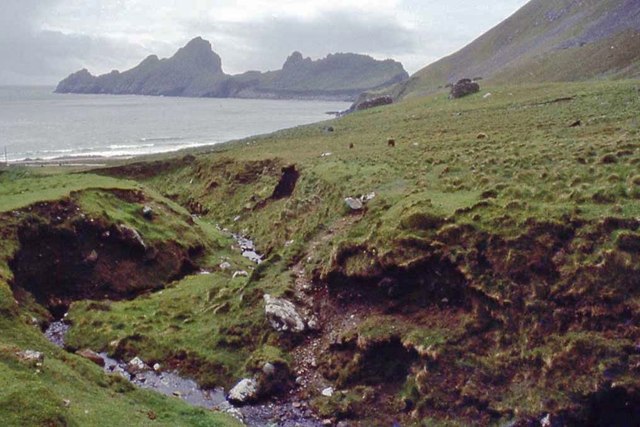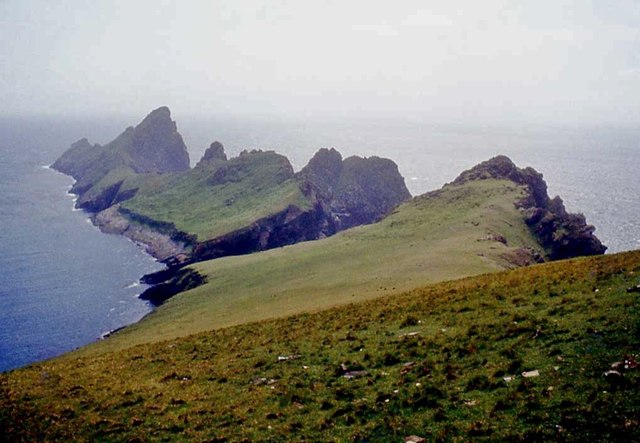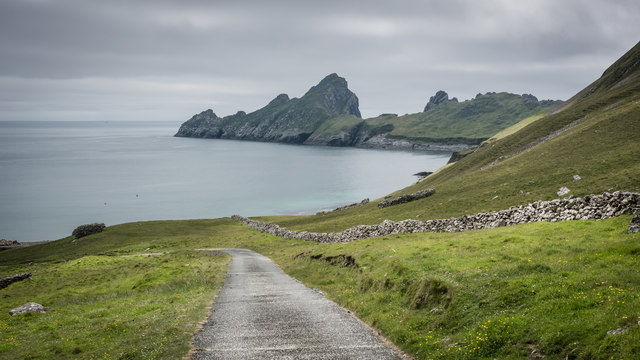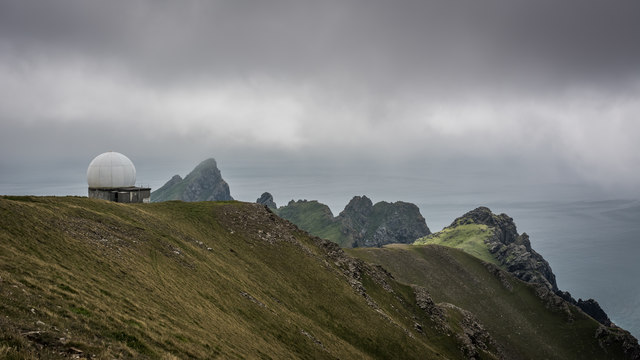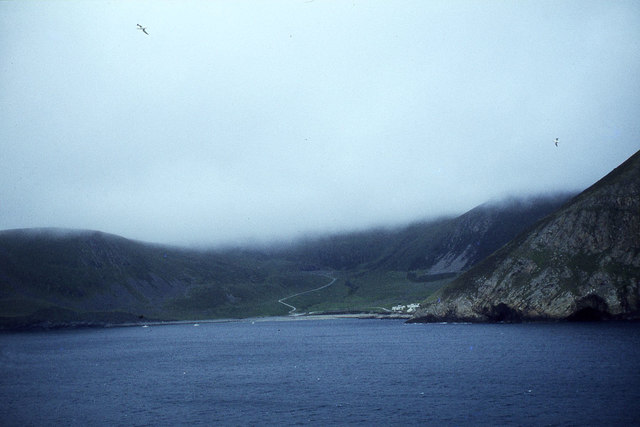A' Chlaisir
Sea, Estuary, Creek in Inverness-shire
Scotland
A' Chlaisir
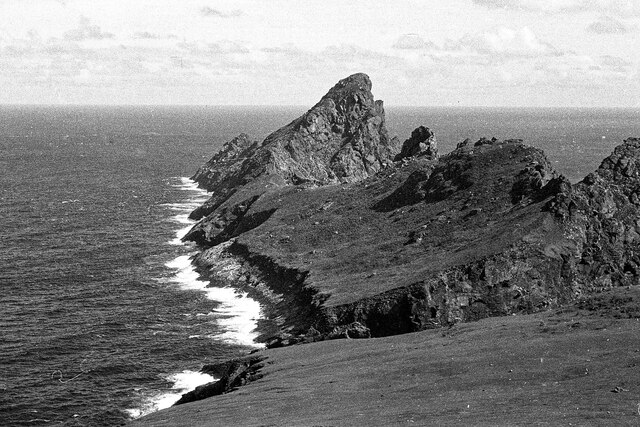
A' Chlaisir is a picturesque coastal area located in Inverness-shire, Scotland. Situated along the shores of the Moray Firth, it is blessed with stunning natural beauty, comprising a combination of sea, estuary, and creek. The area is a haven for nature enthusiasts and a popular destination for tourists seeking tranquility and breathtaking views.
The coastline at A' Chlaisir offers a diverse range of landscapes, from sandy beaches to rugged cliffs adorned with lush green vegetation. The sea here is a vibrant blue, and its calm waters make it an ideal spot for swimming and water sports during the warmer months. The estuary, formed by the river meeting the sea, is a thriving ecosystem, home to a variety of bird species and marine life.
Visitors to A' Chlaisir can enjoy long walks along the sandy shores, taking in the fresh sea air and the sound of crashing waves. The area is also known for its abundance of wildlife, with seals often seen basking on rocks, and dolphins occasionally spotted swimming in the distance.
The creek at A' Chlaisir adds another layer of charm to the area. It winds its way through the landscape, creating a peaceful and idyllic setting. The creek is a haven for birdwatchers, attracting a wide range of migratory and resident species.
Overall, A' Chlaisir offers a unique coastal experience, combining the beauty of the sea, estuary, and creek. Its natural splendor and peaceful ambiance make it a must-visit destination for those seeking a true Scottish coastal escape.
If you have any feedback on the listing, please let us know in the comments section below.
A' Chlaisir Images
Images are sourced within 2km of 57.796294/-8.5682457 or Grid Reference NF1097. Thanks to Geograph Open Source API. All images are credited.
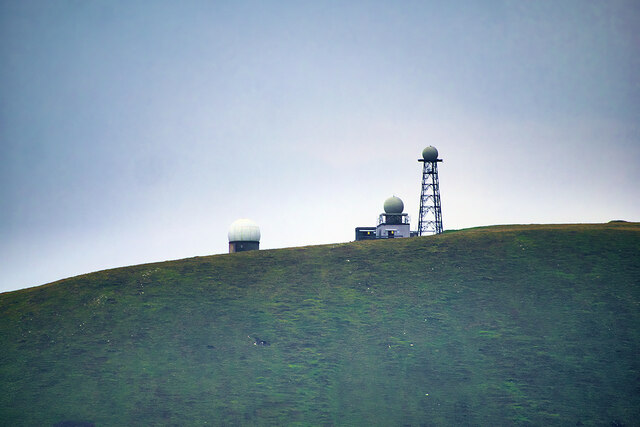
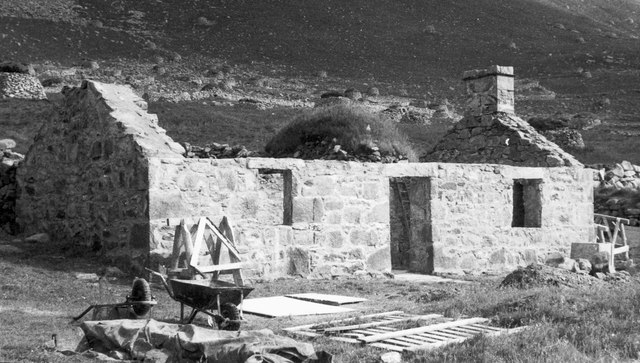
A' Chlaisir is located at Grid Ref: NF1097 (Lat: 57.796294, Lng: -8.5682457)
Unitary Authority: Na h-Eileanan an Iar
Police Authority: Highlands and Islands
What 3 Words
///proved.rollover.estimate. Near Balivanich, Na h-Eileanan Siar
Nearby Locations
Related Wikis
Dùn
Dùn is an island in St Kilda, Scotland. It is nearly 1 mile (1.6 kilometres) long. Its name simply means "fort" in Scottish Gaelic (for more information...
Hirta
Hirta (Scottish Gaelic: Hiort) is the largest island in the St Kilda archipelago, on the western edge of Scotland. The names Hiort (in Scottish Gaelic...
St Kilda, Scotland
St Kilda (Scottish Gaelic: Hiort) is an isolated archipelago situated 64 kilometres (40 mi) west-northwest of North Uist in the North Atlantic Ocean. It...
Stac Levenish
Stac Levenish or Stac Leibhinis (sometimes simply called Levenish/Leibhinis) is a sea stack in the St Kilda archipelago in Scotland. Lying 2.5 kilometres...
Stac Biorach
Stac Biorach (Scottish Gaelic: "the pointed stack") is a sea stack, 73 metres tall, situated between Hirta and Soay (in the "Sound of Soay") in the St...
Soay, St Kilda
Soay (Scottish Gaelic: Soaigh) is an uninhabited islet in the St Kilda archipelago, Scotland. The name is from Old Norse Seyðoy, meaning 'island of sheep...
Stac Lee
Stac Lee (Scottish Gaelic: Stac Lì) is a sea stack in the St Kilda group off the west coast of Scotland. An island Marilyn (a point with topographic prominence...
Boreray, St Kilda
Boreray (Scottish Gaelic: Boraraigh; Scots: Boreray) is an uninhabited island in the St Kilda archipelago in the North Atlantic. == Geography == Boreray...
Nearby Amenities
Located within 500m of 57.796294,-8.5682457Have you been to A' Chlaisir?
Leave your review of A' Chlaisir below (or comments, questions and feedback).
